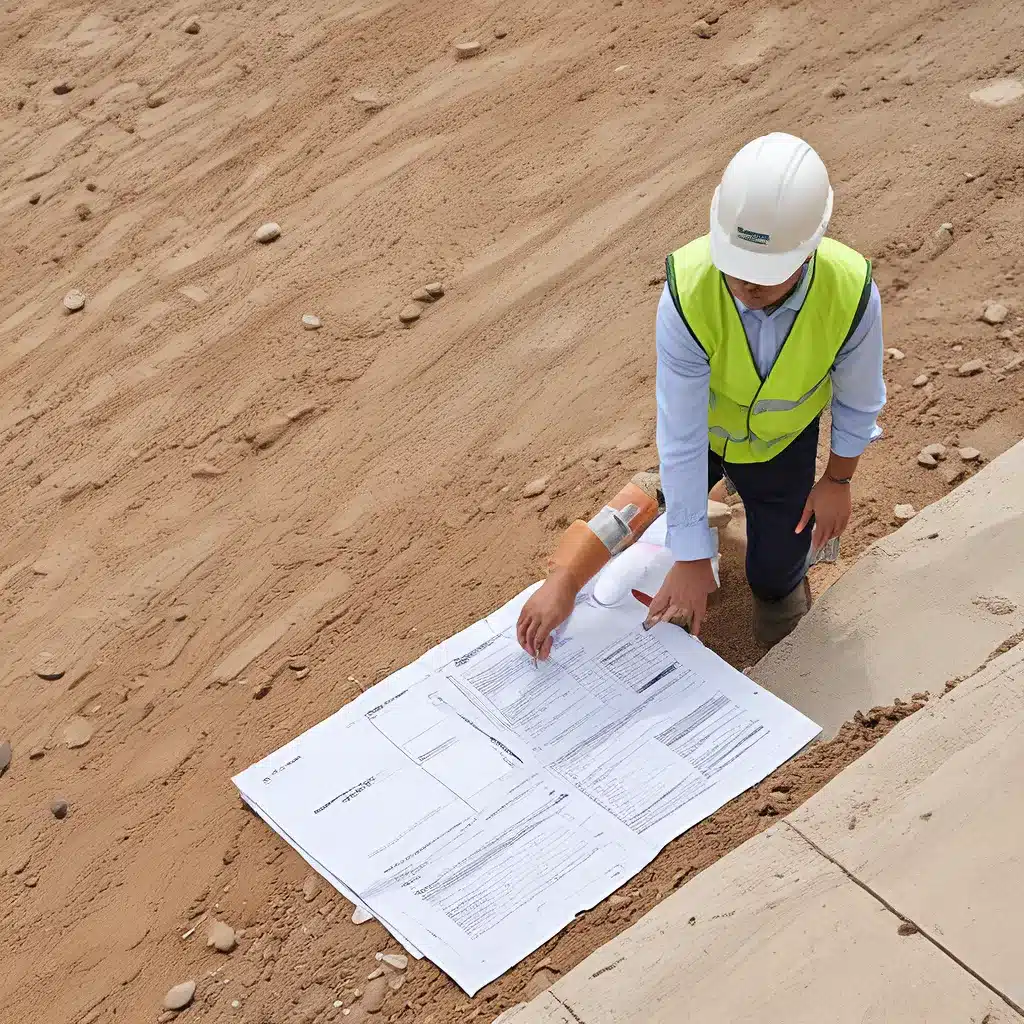
Uncovering the Beauty Within
Ah, the wonders of a blank canvas – or in this case, a bare, unfinished basement or attic. The potential is palpable, just begging to be transformed into a cozy, inviting space. But where does one even begin? Fear not, my fellow DIY enthusiasts, for I have a little secret to share: the key to unlocking the hidden beauty in your underutilized spaces lies in the art of whitewashing.
The Power of Whitewash
Now, I know what you’re thinking – whitewashing? Isn’t that something our grandparents used to do on old fences and barns? Yes, indeed it is! But this time-honored technique has found new life in the world of modern home design. And let me tell you, when done right, the results can be nothing short of magical.
Imagine a space bathed in a soft, luminous glow, where the natural grain of the wood shines through, adding depth and character to the room. That, my friends, is the beauty of whitewashing. It’s a technique that allows you to preserve the inherent charm of your raw materials while infusing them with a fresh, airy aesthetic.
Mastering the Whitewash
But before you grab a can of paint and start slathering it on, let’s dive into the nuances of this process. Whitewashing, you see, is not your average paint job. It’s an art form, a delicate dance between the wood and the paint, where the end result is a harmonious blend of the two.
The key, I’ve found, is in the application. It’s not about just painting on a thick, opaque layer of white. No, no, no. The true magic happens when you dilute your paint, creating a watered-down, translucent wash that allows the natural beauty of the wood to shine through.
As the experts at Maison de Pax so eloquently put it, “The paint brush strokes in the direction of the wood grain are important, especially if you’re working with faux aged (i.e., stained new wood) rather than authentically aged planks. Some of your texture comes from those brush strokes, and you want them to work with your grain rather than against it.”
And that, my friends, is the secret to achieving that perfectly imperfect, whitewashed look. It’s all about embracing the organic nature of the wood and working with it, rather than trying to mask it.
The Joys (and Challenges) of DIY Whitewashing
Now, I’ll admit, whitewashing isn’t exactly a walk in the park. There’s a bit of a learning curve, and it may take a few tries to get it just right. But trust me, the journey is half the fun. It’s a chance to get your hands dirty, to experiment, and to truly make the space your own.
One of the biggest challenges I encountered was dealing with those pesky color variations between new and old wood. As the Maison de Pax team noted, “We wanted to get an authentic lime wash look like an old fence, but on these lovely cedar planks. We ran into a problem at the very beginning, though – welcome to DIY, right? – our gorgeous aged planks were a totally different color than the fresh new natural wood planks we had to buy to complete the space.”
But, as always, where there’s a will, there’s a way. I found that by staining the new wood to a similar hue as the old, I was able to create a more seamless, cohesive look before applying the whitewash. It was a bit of an extra step, but the end result was so worth it.
And let’s not forget the joy of watching the transformation unfold right before your eyes. As you carefully brush on that watered-down paint, the wood slowly comes alive, revealing its unique character and personality. It’s like uncovering a hidden treasure, one brush stroke at a time.
Embracing the Imperfections
One of the things I love most about whitewashing is its inherent imperfections. Unlike a perfectly pristine paint job, a whitewashed surface is meant to be a bit rough around the edges, with variations in color and texture that add to its charm.
As the Maison de Pax team wisely pointed out, “Each plank has its own identity, and each plank will take a certain finesse. But the overall result is wonderful, isn’t it?”
Exactly! That’s the beauty of this technique – it celebrates the unique quirks and imperfections of the wood, rather than trying to hide them. And that, to me, is the true essence of DIY: embracing the unexpected, the imperfect, and the utterly charming.
A Blank Canvas Transformed
So, whether you’re tackling a bare-bones basement or a neglected attic, the power of whitewashing is yours to harness. Imagine the possibilities: a cozy, inviting family room, a bright and airy yoga studio, or a serene, nature-inspired retreat. The options are endless, limited only by your imagination.
And the best part? You can do it all yourself, with a little bit of elbow grease and a whole lot of creativity. So, what are you waiting for? Grab your paintbrush, channel your inner artist, and let the whitewashing magic begin!
Related posts:
No related posts.




